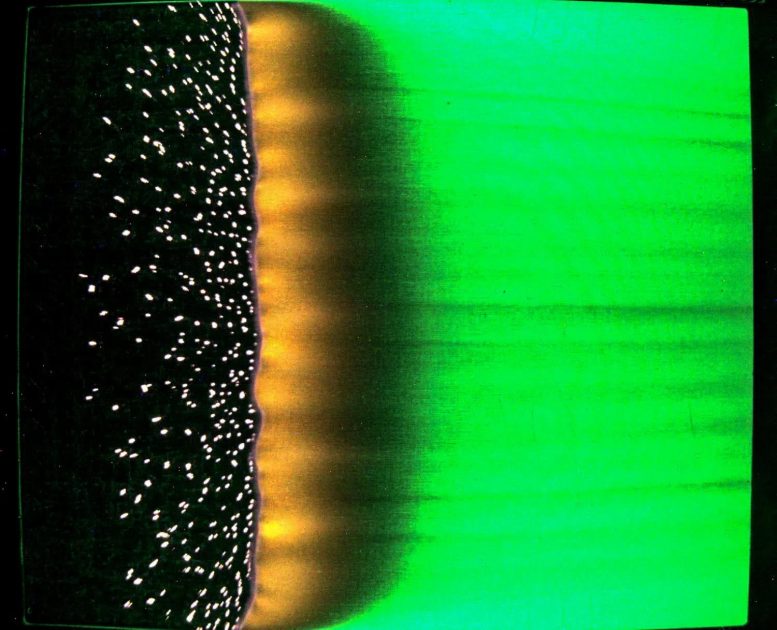
Saffire, NASA's spacecraft fire safety test series, completed its final mission with Saffire-VI, marking the end of an eight-year investigation into fire behavior in space. The data collected from these tests will help NASA design safer spacecraft for future deep space exploration missions. Credit: SciTechDaily.com
Saffire test series, led NASAThe Glenn Research Center has completed its final mission, Saffire-VI. It studied fire behavior in space to improve safety and design for future spacecraft. The experiments provided valuable data for safe deep space exploration.
Bringing a fiery end to an eight-year series of investigations that have provided insights into fire behavior in space, NASA recently completed the final mission of its Spacecraft Fire Protection Experiment, or Saffire.
The final test, Saffire-VI, was launched International Space Station Ending its mission in August 2023 on January 9, the Northrop Grumman Cygnus spacecraft it was flying safely burned up during a scheduled re-entry into Earth's atmosphere.
Principal investigator Dr. David Urban and program manager Dr. Gary Ruff of NASA's Glenn Research Center in Cleveland have led the Saffire project since its initial spark in 2016 from northeast Ohio. Throughout the test series, the researchers collected NASA data. To improve mission safety and inform future spacecraft and spacesuit designs.

During the previous spacecraft's fire safety test investigation, Saffire-IV, a fabric sample ignited inside an uncrewed Cygnus cargo ship. Credit: NASA
„How big of a fire does it take for a group of people to have things go bad?” Urban said. „This kind of work is done for all other inhabited structures on Earth — buildings, airplanes, trains, automobiles, tunnels, submarines, ships — but we haven't done this research for spacecraft until Saffire.”
As with previous Saffire tests, Saffire-VI took place inside a unit on the unmanned Cygnus spacecraft that had already departed the space station, ensuring the safety of the orbiting laboratory and a more representative flight environment. However, this final iteration of the test was unique because the high oxygen concentration and low pressure simulated conditions on the spacecraft developed in the test section.
NASA ignites the final set of space-fire tests for Saffire-VI aboard Northrop Grumman's Cygnus cargo spacecraft at the end of the NG-19 resupply mission to the International Space Station. Saffire, or the Spacecraft Fire Safety Experiment, was a series of six investigations that provided insights into how fires grow and spread in space. This research is important because it will inform future spacecraft designs for the Moon tuesday. Credit: NASA
During the 19 Saffire-VI test flights, the NASA team and colleagues at Northrop Grumman made various changes to the air conditions. They then ignited a flame in materials such as Plexiglas, cotton, Nomex and rigid flame retardant materials at low speed. A wire harness inside the unit caught fire.
„The Saffire flow unit is a wind tunnel. We push air through it,” Ruff said. „Once the test conditions are set, we run electricity through a thin wire, and the material ignites.”
Cameras inside allowed the team to monitor the flame while remote sensors outside the Saffire flow unit collected data about what was happening in the Cygnus vehicle. Images and information were collected in real-time before being sent back to Earth for scientists to study.
„You have the rate of heat release and the rate of release of combustion products,” Ruff said. „You can take them as model input and predict what will happen in a vehicle.”
The next decade of exploratory and scientific missions will see astronauts fly deeper into yet-to-be-explored places and space. Although the Saffire tests were extinguished, NASA learned valuable lessons and collected mountains of data on fire behavior to help design a safer spacecraft and fulfill its ambitious future missions.

„Oddany rozwiązywacz problemów. Przyjazny hipsterom praktykant bekonu. Miłośnik kawy. Nieuleczalny introwertyk. Student.
